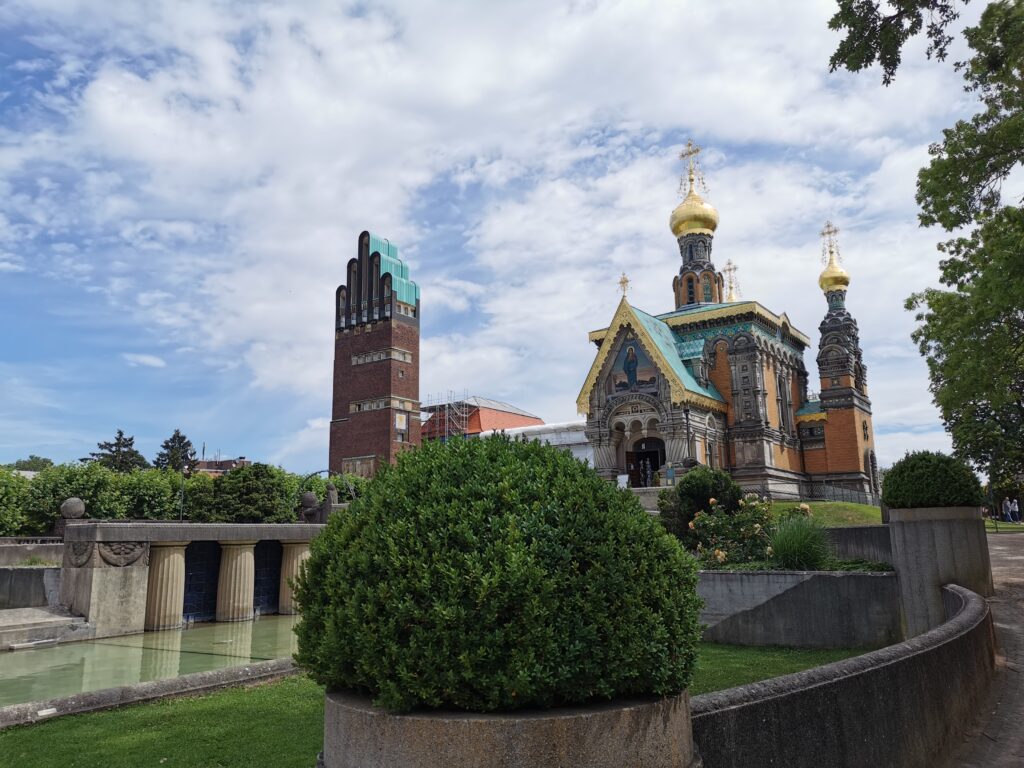MORE EUROPEAN CITIES JOIN PRESTIGIOUS UNESCO WORLD HERITAGE LIST
Bologna, Darmstadt, Ljubljana, Madrid, Nice, and Padua. These 6 European cities, as well as traces of medieval Jewish communities in 3 German cities (Mainz, Speyer and Worms) are entering the prestigious UNESCO cultural World Heritage List. They confirm Europe’s strong dedication to the preservation of its cultural assets.
After the 11 spa cities of Europe recently recognised as World Heritage by the UNESCO, at the end of July the UN agency for culture acknowledged other key cities in Europe as invaluable cultural assets.
From the 29 cultural sites now inscribed into the World Heritage List by the UNESCO, six are urban centres. Germany and Italy have most entries on the list. Four German cities are now listed, with Mainz, Speyer and Worms among the oldest traces of a Jewish Ashkenaz community in Europe, growing in parallel to powerful dioceses in the three cities.

Germany
UNESCO now lists Speyer yeshiva (religious school), mikveh (baths) and the Jewry-Court, with the structures of the synagogue and women’s shul (Yiddish for synagogue). Worms retains the synagogue compound including the rebuilt synagogue, the women’s shul, the community hall and the mikveh. It also includes the Old Jewish Cemetery in Worms and the Old Jewish Cemetery in Mainz.
Still in Germany, the Darmstadt artists’ colony in the district of Mathildenhöhe is one of the best preserved testimonies to Jugendstil (Art Nouveau) architecture. Ity is a unique ensemble integrating early modern architecture, urban planning and landscape design, all of which were influenced by the Arts and Crafts movement and the Vienna Secession.
Italy
Two cities in Italy have been distinguished by UNESCO. Bologna is listed for its porticos, a series of arcades covering up to 62 km across the town. Built from the 12th century to today, they reflect all styles of architecture and are built of wood, stone or brick, They were, in fact, the first attempt in Europe to offer sheltered walkways.
Padua has been distinguished for the frescoes decorating eight religious and secular building complexes within the historic walled town. Painted between 1302 and 1397 by different artists including Giotto or Jacopo da Verona, these frescos offer an amazing artistic unity of style and content.

Slovenia
Deeply influenced by the Vienna Secession, Slovenian architect Joze Plecnik helped in reshaping the identity of Slovenia’s capital between World War I and the first years of the Socialist Republic of Yugoslavia. Plecnik’s profoundly human vision for the city translated into a series of public spaces (squares, parks, streets, promenades, and bridges) and public institutions (national library, churches, markets, and a funerary complex) that were sensitively integrated into the urban, natural and cultural context. It gives Ljubljana its unique identity style.
Spain
In Madrid, the 200-hectare cultural landscape along the tree-lined Paseo del Prado avenue embodies the idea of urban space and development from the enlightened absolutist period of the 18th century. The avenue features major fountains, notably the Fuente de Cibeles, the Fuente de Neptuno, and the Plaza de Cibeles, an iconic symbol of the city, surrounded by prestigious buildings. buildings dedicated to arts and sciences alternate with public parks including the terraced Royal Botanical Garden.
France
Last but not least, the city of Nice in Southern France has also been distinguished as a World Heritage site. Well known for its mild pleasant climate, Nice became Europe’s favourite winter resort at the foot of the French Alps. From the middle of the 18th century, Nice attracted an increasing number of aristocratic and upper-class families, mainly British. In 1832, Nice, then part of the Kingdom of Savoy-Piedmont-Sardinia, adopted a regulatory urban plan which saw the shaping of a prestigious seafront boulevard, the Promenade des Anglais. Over the next century, an increasing number of winter residents from other countries, notably Russia, flocked to the city, driving successive phases of development of new areas until the 1980s.

